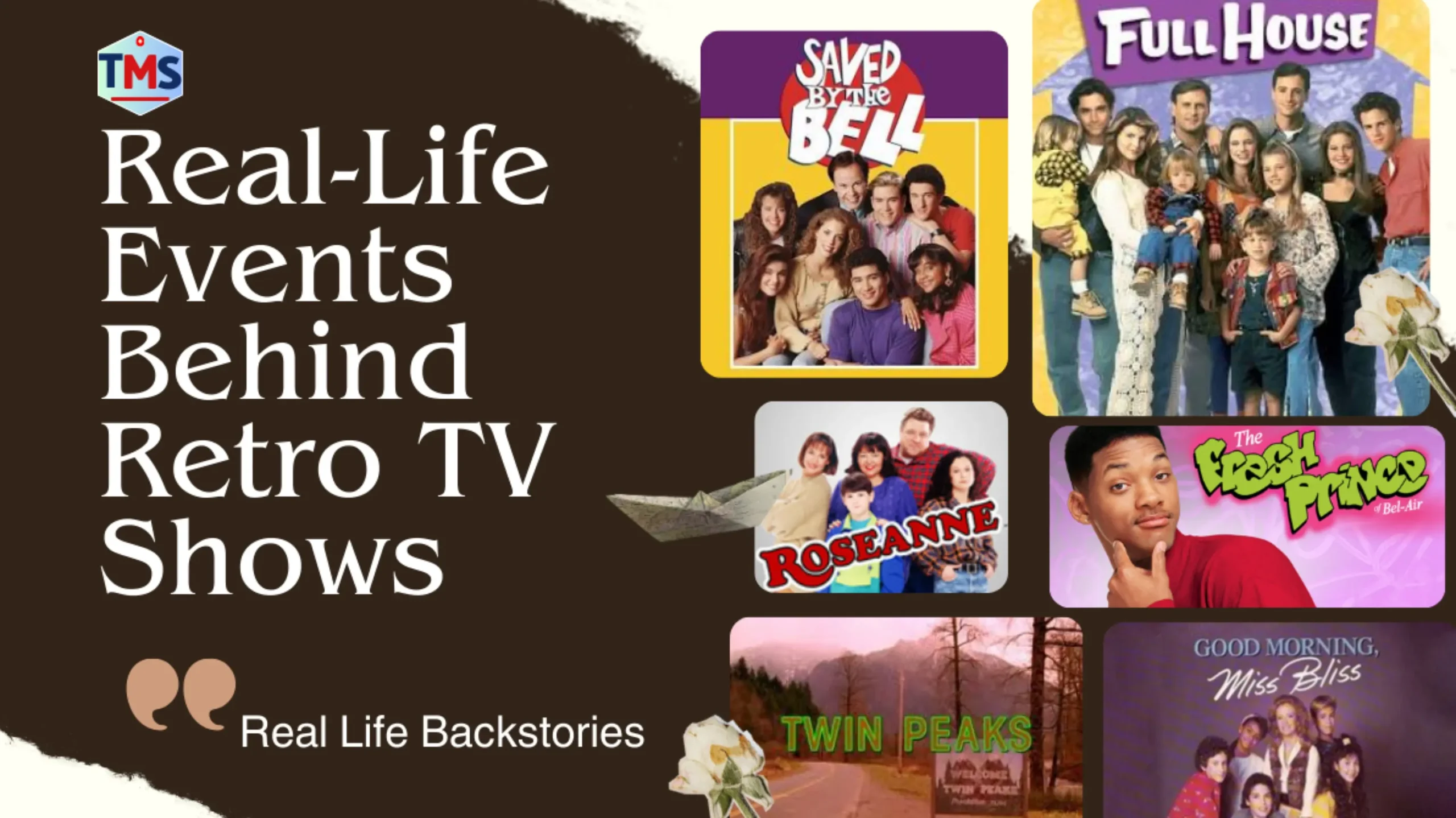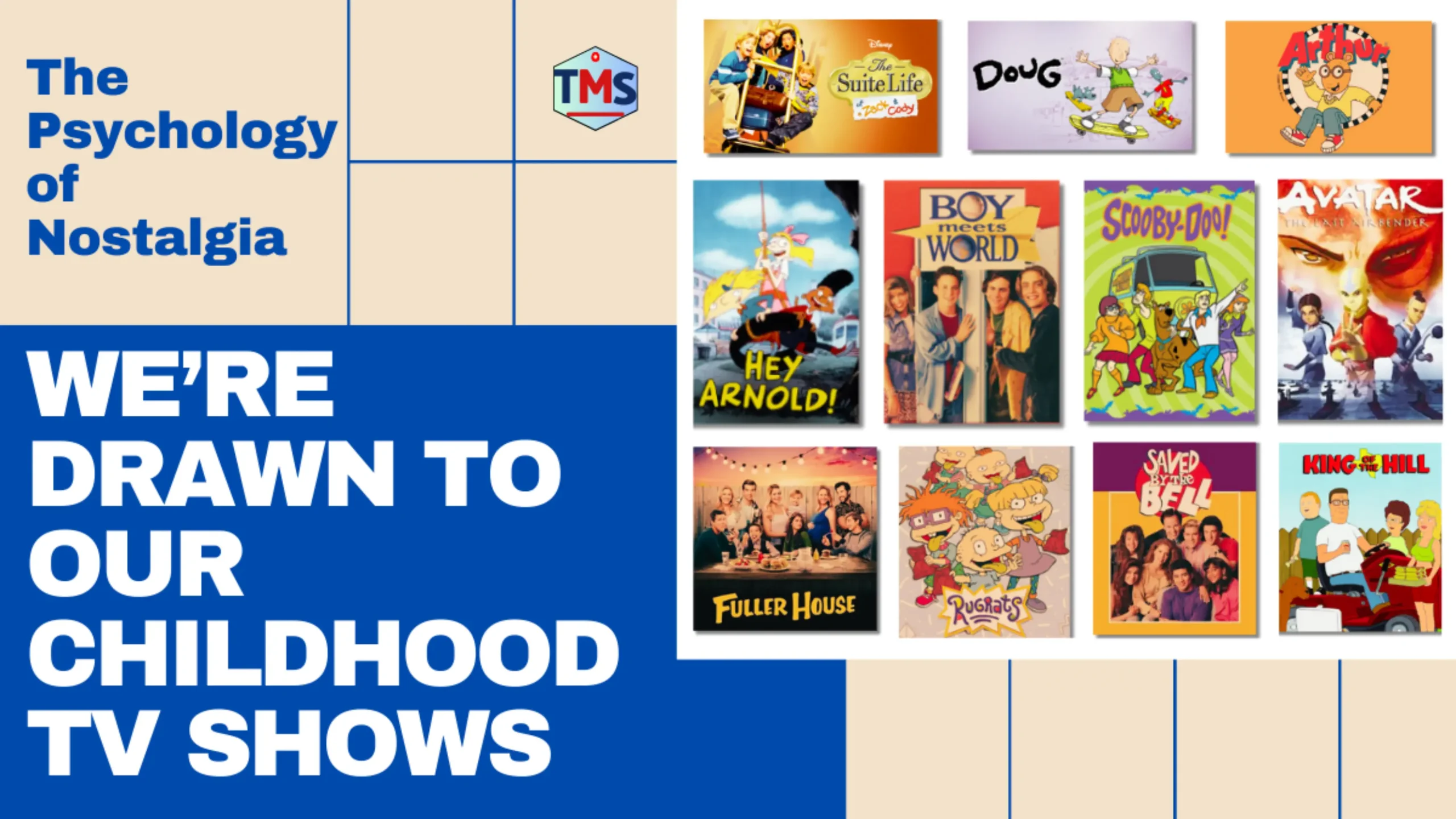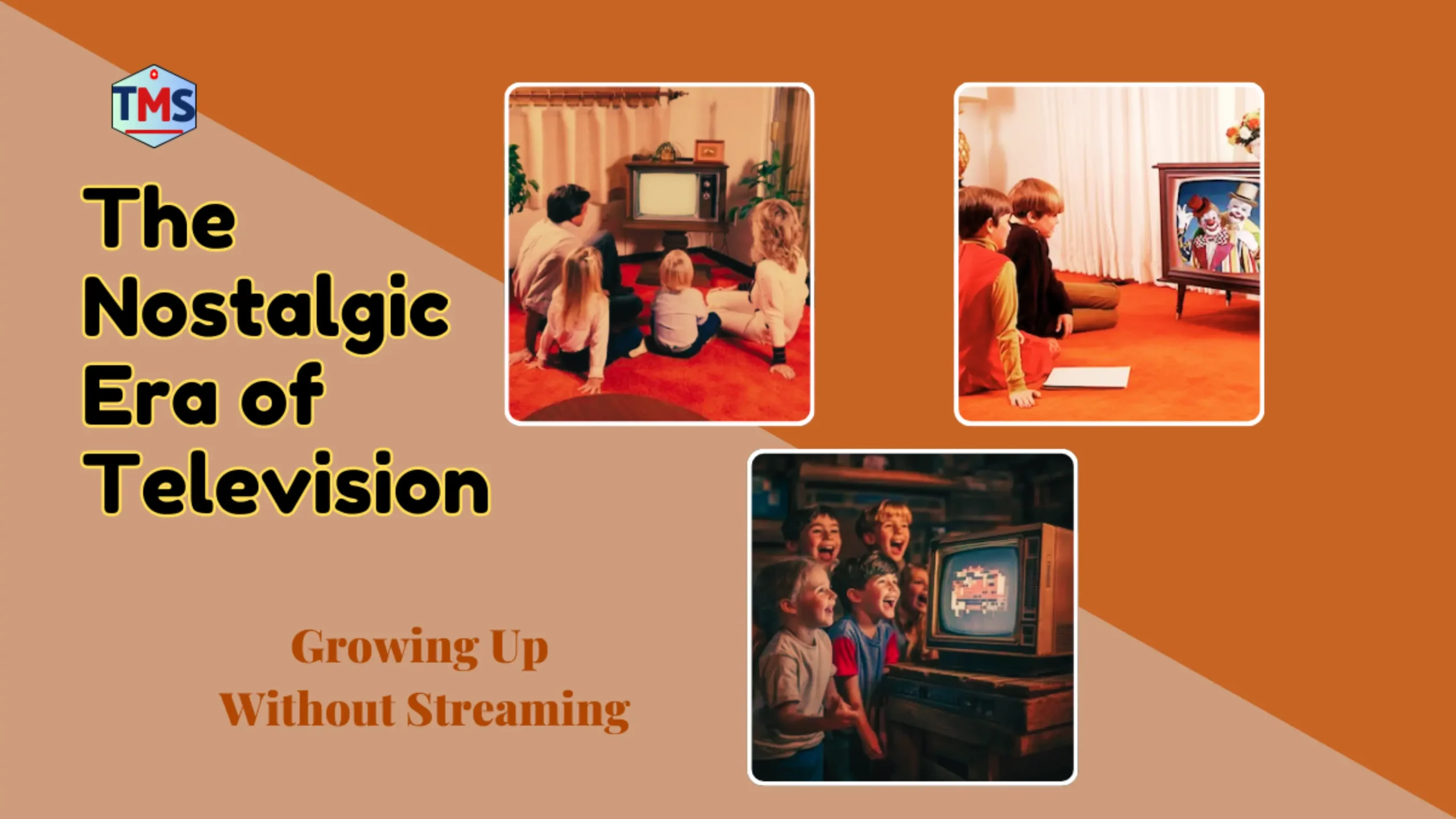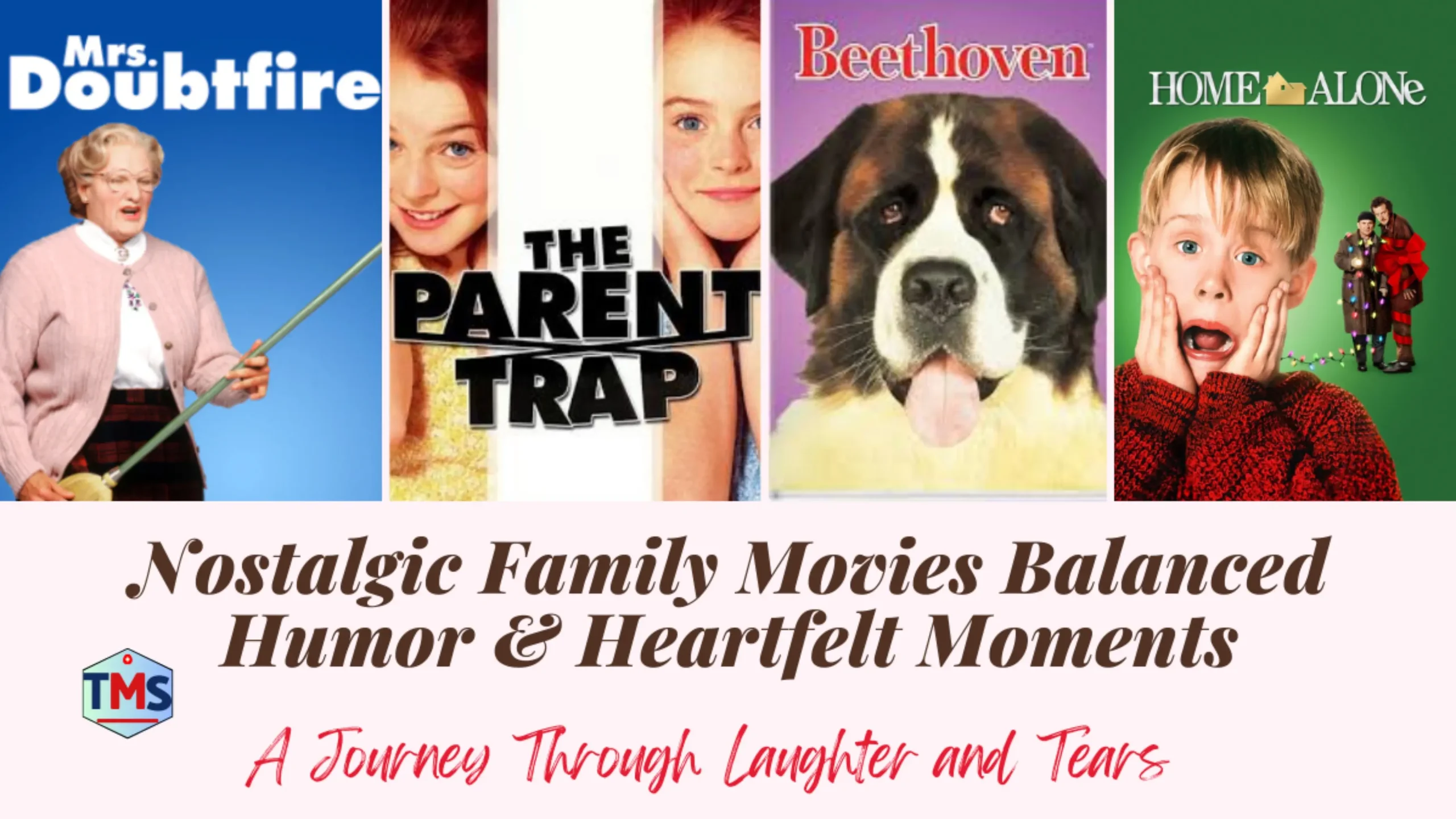Intro – Unveil Real-life Events Behind Retro TV Shows
Let me tell you, there’s just something magical about the 80’s and 90’s. Back then, our lives revolved around rushing home from school, grabbing a Capri Sun, and plopping down on that squishy couch to watch our favorite TV shows. But here’s the kicker: some of those iconic shows we adored weren’t just figments of a writer’s imagination. Nope, they were inspired by some truly wild real-life events. You’re not going to believe the backstories on these classics. Let’s take a trip down memory lane and uncover the backstories of classic TV shows.
Uncover The Fascinating Real-Life Origins
Take Full House, for instance. That show gave us all the feels, didn’t it? But did you know it was loosely based on the life of Jeff Franklin, the show’s creator? He grew up in a chaotic household full of kids and pets, and he always dreamed about crafting a sitcom that showed the beauty and messiness of family life. The twist? The idea didn’t really take off until Franklin stumbled upon an article about a widowed father raising his kids with the help of his brother and a friend. Suddenly, that quirky family dynamic clicked, and the Tanner household was born. Pretty heartwarming, right?
Now, let’s talk about Saved by the Bell. That was peak Saturday morning TV. Zack Morris, Kelly Kapowski, and the gang practically felt like our real-life friends. But here’s the shocker: the original concept for the show was completely different. It was called Good Morning, Miss Bliss and focused on a middle-school teacher in Indiana. When the show struggled, producers decided to pivot—focusing on the kids instead of the adults. And get this: some of the characters, like Zack and Screech, were loosely based on real kids the show’s creators knew during their school days. Makes you wonder if Zack’s time-out trick came from someone’s real-life antics, huh?
Speaking of antics, we can’t forget The Fresh Prince of Bel-Air. That iconic opening rap is still stuck in our heads, but did you know it was based on a real story? Benny Medina, a music executive, grew up in a rough neighborhood in East L.A. He’d bounce around foster homes until a wealthy friend’s family took him in. Sound familiar? Medina pitched his life story to Quincy Jones, who loved the idea but knew it needed a star. Enter Will Smith, a rising rapper who needed to pay off some IRS debt. The rest is TV history.
And then there’s Twin Peaks, which gave us nightmares and endless speculation. David Lynch and Mark Frost didn’t pull that eerie small-town mystery out of thin air. They were inspired by a real case from the 1900s: the murder of Hazel Drew in upstate New York. The unsolved crime haunted Frost, who’d heard local stories about Drew as a kid. Combined with Lynch’s penchant for the surreal, they crafted the unforgettable tale of Laura Palmer. Creepy, right?
Oh, and who could forget Roseanne? That show felt so raw and real because, well, it kind of was. Roseanne Barr based the show on her own life as a struggling working mom in the Midwest. The Conners weren’t glamorous, but that’s what made them relatable. Barr even insisted on filming in front of a live audience to capture that authentic vibe.
So, next time you’re rewatching these shows on a lazy Sunday, just remember: behind those laugh tracks and dramatic pauses, there’s a little slice of real life. It’s funny how the most unforgettable stories often come from the most unexpected places, don’t you think? Man, the 80s and 90s really knew how to turn life into art. While these TV shows took creative liberties, their roots in real-life events helped them connect with audiences in profound ways. By blending reality with storytelling, classic television continues to entertain, educate, and inspire.
These shows weren’t just entertainment—they were little time capsules of what it was like to be young in America back then. Makes me wanna dig out my old Walkman, pop in a mixtape, and rewatch ‘em all over again. What about you—what was your favorite show growing up, and did knowing the real story behind it just blow your mind? Let’s swap some nostalgia over a bowl of Cocoa Puffs sometime!
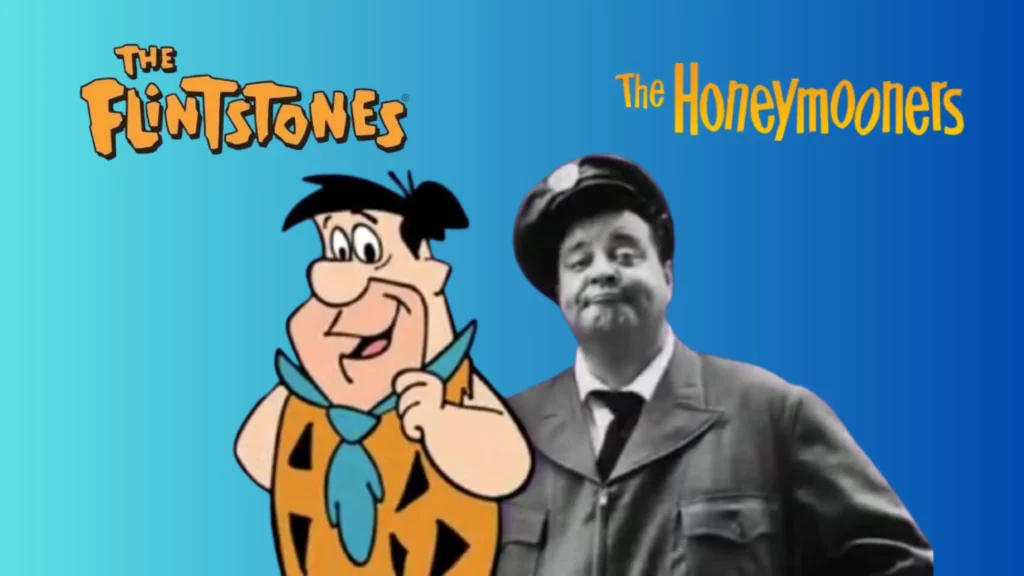
From Honeymooners to Cavemen: The Birth of The Flintstones
When The Flintstones debuted in 1960, viewers immediately recognized similarities to The Honeymooners, and the connection runs far deeper than just a surface-level inspiration. Both shows centered on working-class men with big dreams but limited means. Fred Flintstone and Ralph Kramden were lovable blowhards whose get-rich-quick schemes invariably failed, leaving their more level-headed wives to pick up the pieces.
The parallels weren’t coincidental. Creators William Hanna and Joseph Barbera were open admirers of The Honeymooners, but they brought their own innovation by translating the struggles of blue-collar America into a Stone Age setting. This clever disguise allowed them to explore themes of economic disparity and class frustration in a way that felt less threatening to audiences.
Consider the episode where Fred goes on strike at the quarry—directly mirroring Ralph’s union activities at the bus company. Both shows portrayed the reality of labor disputes in mid-century America, though The Flintstones did it with dinosaurs and stone cars. The prehistoric setting provided just enough distance for viewers to laugh at situations that might otherwise hit too close to home.
I Love Lucy: Breaking Barriers On and Off Screen
When Lucille Ball became pregnant with her second child during the filming of I Love Lucy, television executives panicked. Pregnancy was considered too taboo for 1950s television, and the word “pregnant” couldn’t even be spoken on air. Rather than hide behind potted plants or take a hiatus, Ball and her husband Desi Arnaz fought to incorporate her pregnancy into the show.
The resulting episodes broke new ground in television, but what many don’t realize is how this decision revolutionized production techniques as well. The need to shoot around Lucy’s growing belly accelerated the adoption of the three-camera filming method, now a standard in sitcom production. When Lucy gave birth to little Ricky on the show, it was timed to coincide with Ball’s real-life cesarean delivery of Desi Jr. on January 19, 1953—a media sensation that landed on the cover of the first issue of TV Guide.
Behind the scenes, Ball’s real-life business acumen was just as groundbreaking as her on-screen antics. When CBS was hesitant about casting Arnaz as her husband, the couple formed Desilu Productions and produced a pilot themselves. This move made Ball the first woman to run a major television production company, paving the way for future female executives in Hollywood.
“All in the Family” and Norman Lear’s Father
When I first learned that Archie Bunker—television’s quintessential bigoted yet somehow lovable father figure—was based on producer Norman Lear’s actual dad, everything about the character suddenly made sense. Lear once revealed in an interview that his father would routinely call him “the laziest white kid he ever met” and frequently told him to “stifle yourself.” Sound familiar? That’s right—those were Archie’s exact catchphrases on the show.
Lear’s father was known for his prejudiced views and heated political rants, yet maintained an undeniable charm that somehow made family members forgive his outbursts. This complex relationship became the blueprint for one of television’s most groundbreaking characters, allowing audiences to confront uncomfortable social realities through the safety of their living rooms.
Gilligan’s Island: Shipwrecked in Reality
While Sherwood Schwartz’s castaways might seem purely fictional, the creator actually drew inspiration from multiple real-life shipwrecks. Most notably, the 1934 Minnow shipwreck off the coast of British Columbia provided the name for the show’s ill-fated boat. The actual vessel ran aground near Vancouver Island during a routine voyage, stranding its passengers for several days before rescue.
Schwartz was also influenced by the true story of the Essex, a whaling ship sunk by a sperm whale in 1820 (the same incident that inspired Moby Dick). The survival dynamics among the Essex crew—who were stranded for months—informed how Schwartz developed the social interactions among his diverse set of castaways.
“I was always fascinated by what happens to people when they’re isolated from society,” Schwartz explained in a 1988 interview. “Take seven different people from different walks of life, put them together, and see what happens. It’s a social microcosm.”
The show’s premise also served as a clever vehicle for social commentary. By isolating representatives from different segments of American society—wealth (the Howells), science (the Professor), entertainment (Ginger), wholesome Americana (Mary Ann), leadership (the Skipper), and the everyman (Gilligan)—Schwartz created a laboratory for examining class differences and human interdependence during the socially turbulent 1960s.
The Brady Bunch: Blended Families Before They Were Common
When The Brady Bunch premiered in 1969, it presented what was then a radical family structure. Creator Sherwood Schwartz (yes, the same mind behind Gilligan’s Island) was inspired by a 1966 newspaper article stating that over 30% of marriages included children from previous relationships, yet no television show represented this increasingly common family dynamic.
“I realized that there was no show that had been done about the most common family in America,” Schwartz once noted. “So I sat down and wrote about a family like yours and mine, a family reflecting the social change that was occurring in the American home.”
The Brady family arrived at a pivotal moment in American family history. The divorce rate had increased by 33% during the 1960s, leaving many children in blended family situations. What’s particularly interesting is how the show deliberately avoided mentioning what happened to Carol’s first husband or Mike’s first wife—death? Divorce? The network considered both explanations too heavy for a family show, reflecting America’s discomfort with discussing family dissolution openly.
Though the show presented an idealized version of blended family life (those kids got along suspiciously well), it nonetheless validated the experiences of millions of American children who didn’t see their family structure represented elsewhere on television.
“Star Trek” and Cold War Politics
Gene Roddenberry didn’t just create a space adventure—he crafted a political allegory that reflected his vision for overcoming Cold War tensions. The inclusion of Russian navigator Chekov during the height of U.S.-Soviet tensions was a deliberate statement about cooperation. Similarly, the groundbreaking interracial kiss between Kirk and Uhura aired just one year after the Supreme Court struck down laws against interracial marriage.
What many casual viewers missed was that the show’s planetary conflicts often mirrored real-world geopolitical situations. The Klingon-Federation cold war paralleled U.S.-Soviet relations, while episodes about planets torn apart by racial differences directly commented on America’s civil rights struggles. Roddenberry used space as a canvas to explore solutions to Earth’s most pressing problems.
From Reality to Rerun: The Legacy Continues
These classic shows did more than entertain—they processed real social changes through the safe medium of entertainment. The Twilight Zone channeled atomic age anxieties, I Love Lucy challenged gender expectations, and The Brady Bunch normalized new family structures.
What fascinates me most is how these programs, born from specific historical contexts, continue to resonate today. We still laugh at Lucy’s workplace mishaps because the struggle to balance family and career remains relevant. We still get chills from Twilight Zone episodes because human fears about technology and social conflict haven’t disappeared.
The next time you catch a retro TV marathon, look beyond the dated fashions and special effects. These shows weren’t just products of creative writers’ rooms—they were mirrors reflecting genuine American experiences, concerns, and aspirations. The best television has always been about reality, even when it’s dressed up as cavemen, castaways, or seemingly perfect blended families.
In our current era of carefully curated social media personas and reality TV that’s anything but real, perhaps we could use more of that authentic connection to the genuine challenges of everyday life—even if it comes with a laugh track.
The Twilight Zone: War Trauma Transformed into Allegory
“There is a fifth dimension, beyond that which is known to man…” Those chilling words opened each episode of The Twilight Zone, but creator Rod Serling’s inspiration came from dimensions all too real and horrifying.
Serling served as a paratrooper in the Philippines during World War II, experiencing combat that left both physical and psychological scars. “I was bitter about everything and at loose ends when I got out of the service,” Serling once said in an interview. “I think I turned to writing to get it off my chest.”
His wartime experiences appear throughout the series in surprisingly direct ways. The episode “Quality of Mercy,” featuring American and Japanese soldiers who see themselves in each other’s place, came directly from Serling’s struggle with dehumanizing the enemy. “The Purple Testament,” about a soldier who can foresee which of his comrades will die next, reflected the arbitrary nature of death in combat that Serling witnessed firsthand.
But perhaps most ingeniously, Serling used science fiction and fantasy as a way to comment on 1950s social issues that networks would have otherwise censored. Nuclear anxiety, McCarthyism, and civil rights concerns were all addressed through allegory. When asked why he wrote in the science fiction genre, Serling famously replied, “A Martian can say things that a Republican or Democrat cannot.”
Podcast by Rodman Edward Serling
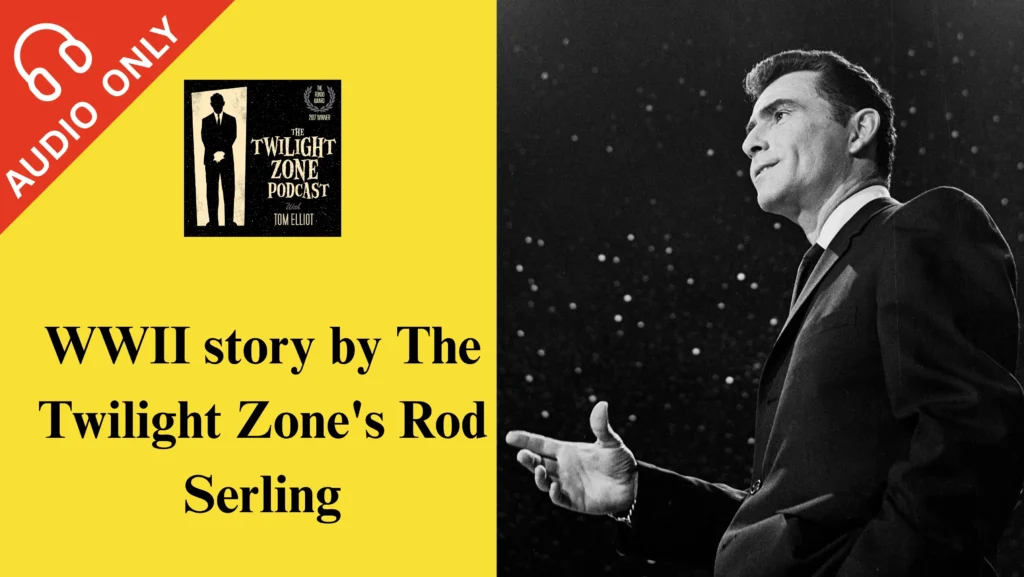
Frequently Asked Questions (FAQs)
Was The Flintstones really based on The Honeymooners?
Yes, The Flintstones was directly inspired by The Honeymooners. Creators William Hanna and Joseph Barbera adapted the working-class struggles and domestic humor of Jackie Gleason’s show into a Stone Age setting, with Fred Flintstone modeled after Ralph Kramden.
Did I Love Lucy really film Lucille Ball’s real pregnancy?
Yes, I Love Lucy made television history by incorporating Lucille Ball’s actual pregnancy into the show in 1952 when portraying pregnancy on TV was taboo. The episode where Lucy gave birth aired the same day Ball delivered her son via cesarean section.
Was Gilligan’s Island based on a real shipwreck?
While not based on a single event, Gilligan’s Island drew inspiration from several real shipwrecks. The S.S. Minnow was named after the real 1934 Minnow shipwreck near Vancouver Island, and creator Sherwood Schwartz was also influenced by the Essex whaling ship disaster of 1820.
Why did The Brady Bunch feature a blended family?
Creator Sherwood Schwartz developed The Brady Bunch after reading a 1966 newspaper article stating that over 30% of marriages included children from previous relationships. He created the show to reflect this growing social trend when no other TV shows represented blended families.
Was Archie Bunker based on a real person?
Yes, Archie Bunker from “All in the Family” was based on producer Norman Lear’s own father. Lear’s father used many of the same catchphrases like “stifle yourself” and exhibited similar political views, though with the same underlying charm that made the character relatable.

